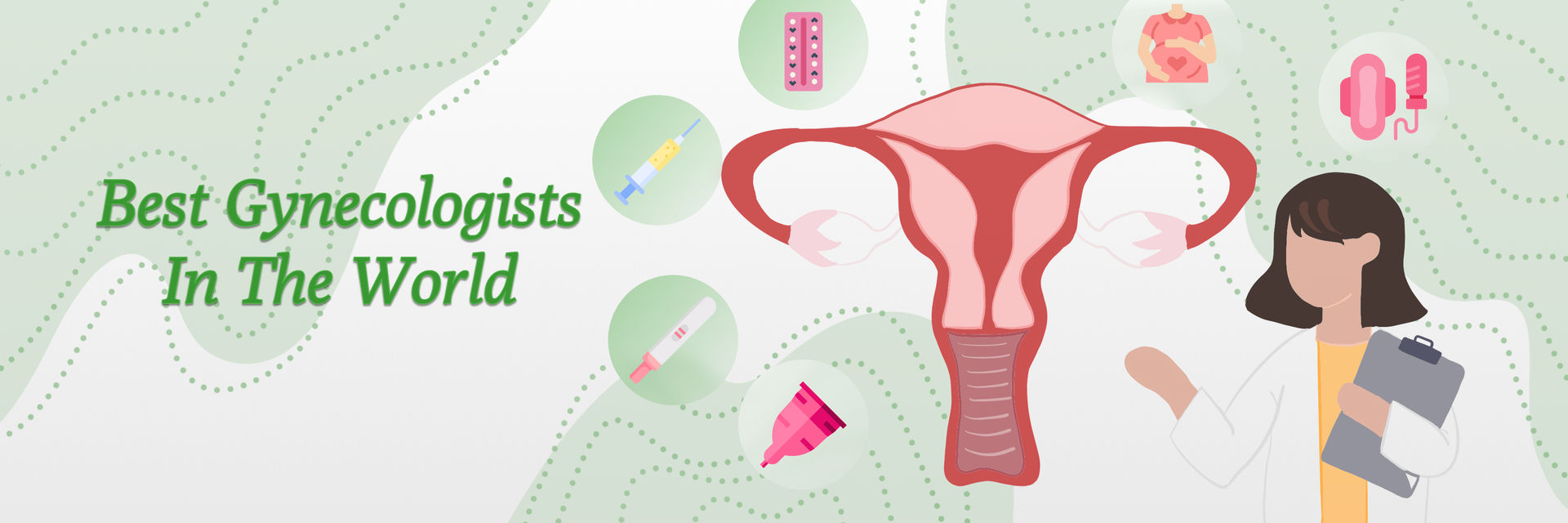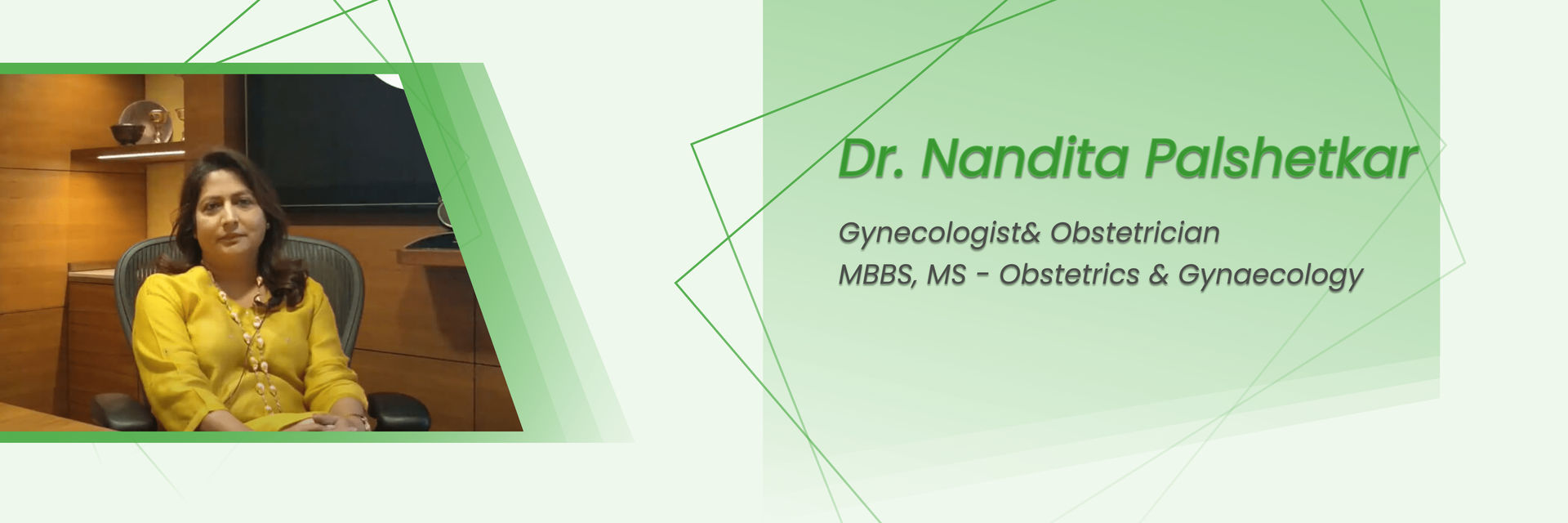Six months after undergoing a hysterectomy, one expects the initial discomfort to have faded, replaced by a sense of relief and recovery. Yet, for a sizeable percentage of women, a different reality unfolds. As they experience abdominal pain 6 months after hysterectomy, which lingers well beyond the expected healing period.
This unwelcome visitor affects an estimated 15-32% of women who undergo hysterectomy. It can feel like a dull ache, sharp twinges, or even burning sensations. Dealing with this pain can be emotionally and physically tough.
Understanding this persistent abdominal pain 6 months after hysterectomy involves recognizing a complex interplay of factors. In some cases, even psychological factors like anxiety and depression can amplify the perception of pain.
But ignoring this pain isn't the solution. It's a signal that it's time to take action. Women should talk to their doctors, have open conversations about the pain, and explore different ways to treat it. By doing this, they can take control of their health and well-being.
Let's start talking about this issue, bring it out of the shadows, and empower women to move past the lingering pain towards a brighter future.
How Long Should Abdominal Pain Last After a Hysterectomy?
After getting a hysterectomy, how long your abdomen hurts can vary for each person. It depends on things like the type of surgery, how healthy you are, and if anything went wrong during or after.
In simple terms, feeling some belly discomfort right after the surgery is normal – it's just part of your body healing.
- Right After Surgery: After a hysterectomy, it's normal to feel abdominal pain and discomfort in the first few days. Doctors usually give you pain medicine to help, and as time goes on, the pain tends to get better.
- Short-Term Healing: In the first few weeks to a couple of months, most people start feeling a lot better. But don't be surprised if there's still some occasional discomfort or tenderness during this early recovery phase.
- Medium to Long-Term Progress: Around three to six months later, many people experience an improvement in abdominal pain. Some might still feel little twinges now and then, but that's usually normal. However, if the pain sticks around or gets worse, it's time to talk to your doctor.
- Unusual or Long-Lasting Pain: If your belly keeps hurting longer than expected, or if it gets worse over time, it's crucial to see your doctor. Lingering pain might sign of complications that need evaluation, like infections or adhesions.
Remember, following the instructions from your healthcare team and keeping up with follow-up appointments is crucial. Talking openly with your healthcare providers helps to find out any issues early, making your recovery smoother. Everyone's journey is different, and your healthcare team is there to guide you through your unique experience.
Wondering when to seek medical advice for abdominal pain post-hysterectomy?
Let's understand the reasons behind abdominal pain post hysterectomy.
What causes abdominal pain 6 months after hysterectomy?
If you're still dealing with abdominal pain six months after a hysterectomy, it's important to take it seriously and get a thorough medical checkup. While many people see a significant improvement in pain shortly after surgery, persistent or new-onset pain at the six month mark could signal underlying issues.
Here are some potential reasons for ongoing abdominal pain 6 months after hysterectomy:
- Adhesions: Scar tissue (adhesions) can form in your belly after surgery, causing organs to stick together and leading to pain.
- Infections: Infections at the surgical site or in the pelvic region can develop after the operation, contributing to lasting abdominal pain.
- Endometriosis: Sometimes, endometriosis doesn't go away after a hysterectomy, causing continued discomfort due to tissue outside the uterus.
- Neuropathic Pain: Nerve damage during surgery can result in chronic neuropathic pain, lasting beyond the initial healing period.
- Chronic Pelvic Pain Syndrome: This syndrome can cause persistent pain that lasts longer than expected after surgery.
- Urinary Tract Issues: Complications affecting the bladder or urinary tract, such as infections or retention, can manifest as abdominal pain.
- Gastrointestinal Disorders: Conditions like irritable bowel syndrome (IBS) or other gastrointestinal issues may contribute to ongoing discomfort.
If you're experiencing abdominal pain six months after a hysterectomy, it's crucial to seek medical attention promptly. The evaluation may involve a detailed medical history, physical examination, imaging studies, and, if needed, exploratory procedures to identify the underlying cause. Healthcare providers will assess the specific characteristics, location, and intensity of the pain to determine the best diagnostic approach and treatment plan.
Did you notice any such symptoms?
Then Don't ignore your health – Get in touch with us
Let's understand the types of hysterectomy.
Are Certain Hysterectomy Procedures More Prone to Postoperative Abdominal Pain?
After a hysterectomy, how much pain you feel can depend on the type of surgery you had:
Abdominal Hysterectomy:
- What It Is: The doctor makes a big cut in your belly to take out the uterus.
- Pain Level: This kind might hurt more afterwards because the cut is big, and it takes longer to heal.
Vaginal Hysterectomy:
- What It Is: The uterus is removed through the vagina, without cutting the belly.
- Pain Level: Usually, this type hurts less than an abdominal hysterectomy. It also has a quicker healing time.
Laparoscopic Hysterectomy:
- What It Is: The doctor uses small cuts and special tools to remove the uterus in a less invasive way.
- Pain Level: This method is generally less painful than an abdominal hysterectomy, with a faster recovery.
Robotic-Assisted Hysterectomy:
- What It Is: Similar to laparoscopic, but with the help of a robot for more precision.
- Pain Level: Like laparoscopic, this type usually means less pain and quicker recovery.
Total Laparoscopic Hysterectomy (TLH):
- What It Is: The whole surgery is done with minimally invasive tools and small cuts.
- Pain Level: TLH often leads to less pain after surgery and a quicker healing process than abdominal hysterectomy.
So, the amount of pain and healing time after a hysterectomy can vary depending on how the surgery is done. Smaller cuts usually mean less pain and quicker recovery.
Can Hormonal Changes Trigger Abdominal Pain Months After Hysterectomy?
After having hysterectomy, some people might still feel abdominal pain even months later. This pain can happen if the ovaries (the organs that make hormones) were also removed during the surgery. Ovaries make hormones like estrogen and progesterone, which affect our body in many ways.
- When the ovaries are removed, it can lead to something called "surgical menopause," which means your body suddenly has less estrogen.
- Low estrogen levels can cause problems like abdominal pain, bloating, and discomfort in the pelvic area.
- But not everyone will have the same experience. Some people might have mild pain for a little while, while others might need ongoing treatment.
- Doctors might suggest something called "hormone replacement therapy" to help with these symptoms. It means they'll give you hormones to make up for what your ovaries used to make.
- If you're having abdominal pain months after a hysterectomy, it's important to see a doctor. They can figure out why you're having pain and what kind of treatment might help, like hormone therapy.
- Doctors should always consider how hormones are affecting your pain after a hysterectomy to make sure you get the right care.
Do you also go through lots of mood swings?
How Effective is Pain Management After a Hysterectomy?
Assessing the effectiveness of pain management following a hysterectomy is a multi-faceted process. Here's a simplified breakdown of the key points:
Surgical Approach and Pain: The type of surgery affects pain levels. Minimally invasive techniques (like laparoscopic or robotic-assisted surgeries) typically result in less pain compared to traditional open surgeries. Research confirms this with notable pain reduction in these methods.
Patient-Controlled Analgesia (PCA): PCA allows patients to manage their pain relief by administering their own medication when needed. This method has shown positive results, especially when compared to continuous epidural analgesia, offering timely and effective pain control.
Multimodal Analgesia: This approach combines different methods of pain relief. It's been shown to reduce the need for opioids and improve overall pain management. Recent studies have explored new combinations of therapies for better effectiveness.
Opioid Use: There's a growing focus on reducing opioid use due to the risks and side effects associated with these medications. Changes in prescribing practices are evolving in response to concerns about misuse.
Preoperative Education: Educating patients about pain management before surgery can lead to higher satisfaction and lower pain levels after surgery. Systematic reviews across various types of surgeries support the benefits of preoperative education.
Persistent Pain Post-Hysterectomy: Some patients may experience long-term pain after a hysterectomy. Research highlights the occurrence of this persistent pain and the factors associated with it underlining the need for effective long-term pain management strategies.
Are There Any Warning Signs of Complications Related to Abdominal Pain 6 Months After Hysterectomy?
Yes, abdominal pain persisting six months after a hysterectomy may indicate potential complications and certain warning signs should prompt immediate medical attention. Individuals experiencing the following symptoms should seek prompt evaluation by a healthcare provider.
Warning Signs of Complications After Hysterectomy:
- Intense or Worsening Pain: Sudden, severe, or escalating abdominal pain beyond expected recovery.
- Fever or Chills: Presence of fever or chills accompanying abdominal pain.
- Unusual Vaginal Changes: Changes in discharge or an unusual odor.
- Painful Urination or Blood in Urine: Painful urination or blood in the urine.
- Irregular Bleeding or Spotting: Unexpected vaginal bleeding or spotting after recovery.
- Persistent Nausea or Vomiting: Continued nausea or vomiting over time.
- Changes in Bowel Habits: Significant changes in bowel movements.
- Swelling or Redness at Incision Site: Swelling, redness, or tenderness around the incision site.
- Pain During Intercourse: Pain or discomfort during sexual intercourse.
- Fatigue and Weakness: Persistent fatigue and weakness unrelated to normal recovery.
What Lifestyle Changes Can Help to Manage Abdominal Pain Post-Hysterectomy?
- Eat Well: Having a healthy and balanced diet can prevent stomach issues that might cause pain.
- Stay Active: Doing regular, moderate exercises can improve your overall health and reduce inflammation. But talk to your doctor before starting a new exercise routine.
- Strengthen Pelvic Muscles: Exercises like Kegel exercises can make your pelvic muscles stronger, which may help reduce pelvic pain.
- Manage Stress: Stress can make pain worse. Techniques like meditation, deep breathing, or yoga can help you deal with stress and discomfort.
- Drink Enough Water: Staying hydrated is important for your health and can prevent constipation, which often leads to abdominal discomfort.
- Keep Regular Bowel Habits: Eating fiber and drinking water can help you have regular bowel movements, which reduces strain on your abdomen.
- Wear Comfortable Clothes: Loose-fitting clothes put less pressure on your belly, especially when you're healing.
- Sleep Well: Getting enough good-quality sleep is crucial. Lack of sleep can make pain worse.
- Mind-Body Techniques: Practices like guided imagery, biofeedback, or talking to a therapist can help manage pain and improve your overall well-being.
- Gradual Return to Normal Activities: Slowly get back to your regular daily routine as your doctor advises, without overdoing it during your recovery.
- Regular Check-ups: Keep your follow-up appointments with your healthcare provider to track your healing and address any concerns.
- Remember, it's important to talk to your doctor before making these changes. They can give you personalized advice based on your specific needs and the type of hysterectomy you had. Keeping open communication with your healthcare team is essential for your recovery.
Get expert insights into treatment options for preventing pain post-surgery Book your appointment on
References :
https://www.pelvicexercises.com.au/abdominal-exercise-after-hysterectomy/
https://www.nhs.uk/conditions/hysterectomy/recovery/
https://www.healthline.com/health/hysterectomy-side-effects






